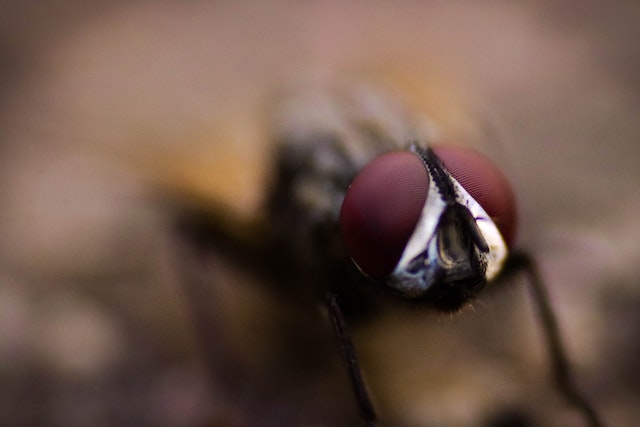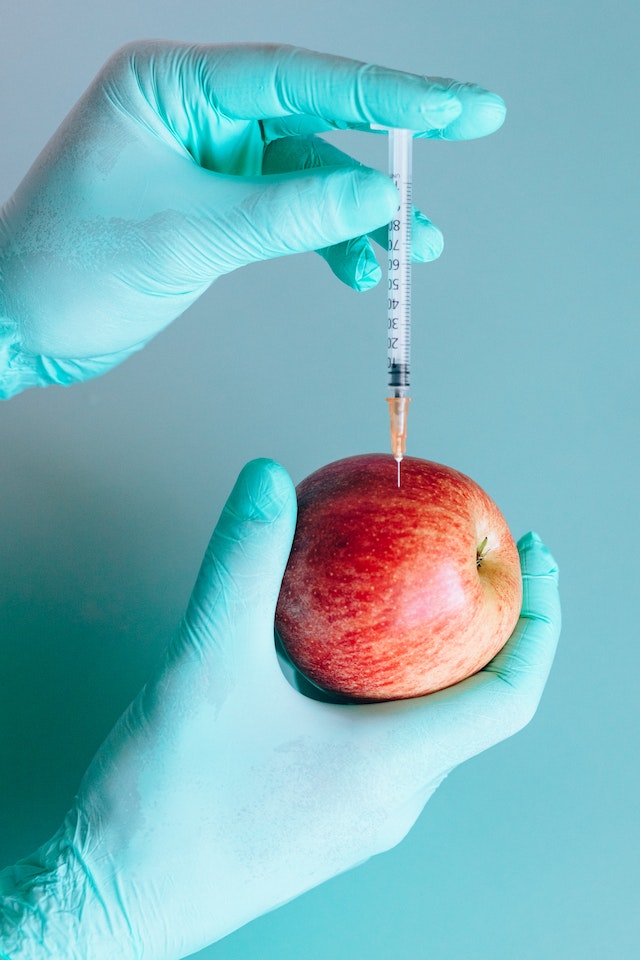Flesh-eating screwworms pose a significant threat to both humans and animals, causing severe tissue damage and potentially fatal infections. These parasitic insects, known as Cochliomyia hominivorax, feed on living flesh, leading to a condition called myiasis. However, scientists have been actively working to combat these dangerous pests through various approaches. Here are some ways in which scientists are fighting back against flesh-eating screwworms:
1. Sterile Insect Technique (SIT): The Sterile Insect Technique is a method used to control insect populations by releasing large numbers of sterilized male insects. These sterilized males mate with wild females, resulting in infertile eggs and a decrease in the population over time. For flesh-eating screwworms, scientists have successfully implemented SIT programs, where sterile males are mass-produced and released into infested areas. This approach has been particularly effective in eradicating screwworm populations from various regions.
2. Insecticide Treatments: Insecticides play a crucial role in controlling screwworm infestations. Scientists develop and use specific insecticides that target and kill screwworm larvae, preventing their development into mature, flesh-feeding insects. These insecticide treatments are applied to affected animals or infested areas to eliminate the screwworm population and prevent the spread of infection.
3. Biological Control: Scientists are exploring the use of biological control agents to combat screwworm infestations. One example is the introduction of parasitic wasps that specifically target screwworms. These wasps lay their eggs on screwworm larvae, and when the wasp larvae hatch, they feed on and kill the screwworm larvae. Biological control methods aim to establish natural predators or parasites that can keep screwworm populations in check without causing harm to other organisms.
4. Surveillance and Early Detection: Early detection is crucial for effective control of screwworm outbreaks. Scientists and agricultural agencies establish surveillance systems to monitor animal populations, especially livestock, for signs of infestation. Early identification allows for swift action to prevent the spread of screwworms, implementing control measures before the infestation becomes widespread.
5. Public Awareness and Education: Raising public awareness about the dangers of screwworms is essential to prevent infestations and ensure timely reporting of cases. Educating livestock owners, veterinarians, and the general public about the signs of infestation, proper wound care, and reporting procedures can help control the spread of screwworms and minimize the impact on human and animal health.
Efforts to combat flesh-eating screwworms are ongoing, driven by the collaboration of scientists, government agencies, and agricultural communities. Through a combination of sterilization techniques, insecticide treatments, biological control, surveillance, and public awareness, scientists are fighting back against these dangerous parasites and working towards reducing their impact on both humans and animals.










